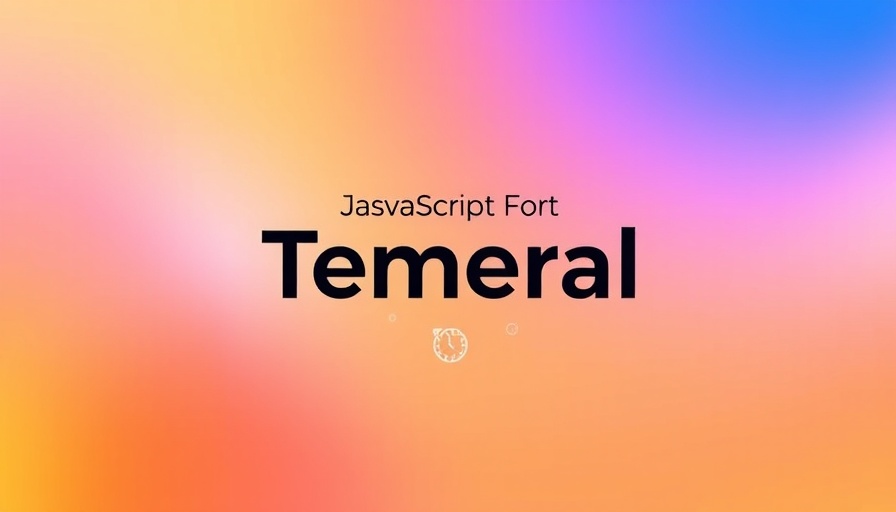
The Future of Date Handling in JavaScript
Exciting news is on the horizon for web developers with the forthcoming JavaScript Temporal object, a groundbreaking update aimed at simplifying date and time management in JavaScript. As browsers start shipping experimental implementations, developers can look forward to a major transformation in how they handle time-sensitive data, scheduling, and internationalization.
Why JavaScript Temporal is Vital
For nearly three decades, JavaScript's date handling has been hampered by its reliance on the antiquated Date object, inherited from Java's original flawed design. The limitations of this object—such as its lack of time zone support, unreliable parsing behavior, and complications when dealing with Daylight Saving Time—have led many developers to seek alternatives like Moment.js. Temporal promises to correct these pitfalls by providing a modern API that accommodates various time zones and calendars.
Key Concepts of Temporal
At the core of Temporal's design are several fundamental concepts that redefine how developers think about time:
- Instants: Unique points in history represented by Temporal.Instant.
- Wall-Clock Times: Regional time represented by Temporal.ZonedDateTime.
- Durations: The difference between two points in time via Temporal.Duration.
This structured approach allows for intuitive and logical interactions with dates, ensuring reliability and consistency.
Real-World Applications
As implementations of Temporal evolve, the implications for real-world applications are significant. Developers can expect a considerable reduction in complexity when creating applications that depend on precise time calculations—whether it's scheduling events, managing time zones, or displaying data from multiple locales. The robust functionality, which includes over 200 utility methods for conversions and comparisons, enables enhanced performance and efficiency in coding.
Anticipating Cross-Browser Support
While the promise of JavaScript Temporal is clear, developers must remain patient as they await full cross-browser support. The ongoing influx of documentation—more than 270 pages now available—provides valuable resources to prepare for its integration. Keeping abreast of these updates will empower developers to maintain a competitive edge in an increasingly complex digital environment.
The arrival of JavaScript Temporal represents a leap forward in date and time management, providing developers with tools to harness accuracy and efficiency like never before. As interest builds around this essential improvement, the web development community should gear up for more reliable and user-friendly programming.
 Add Row
Add Row  Add
Add 




Write A Comment